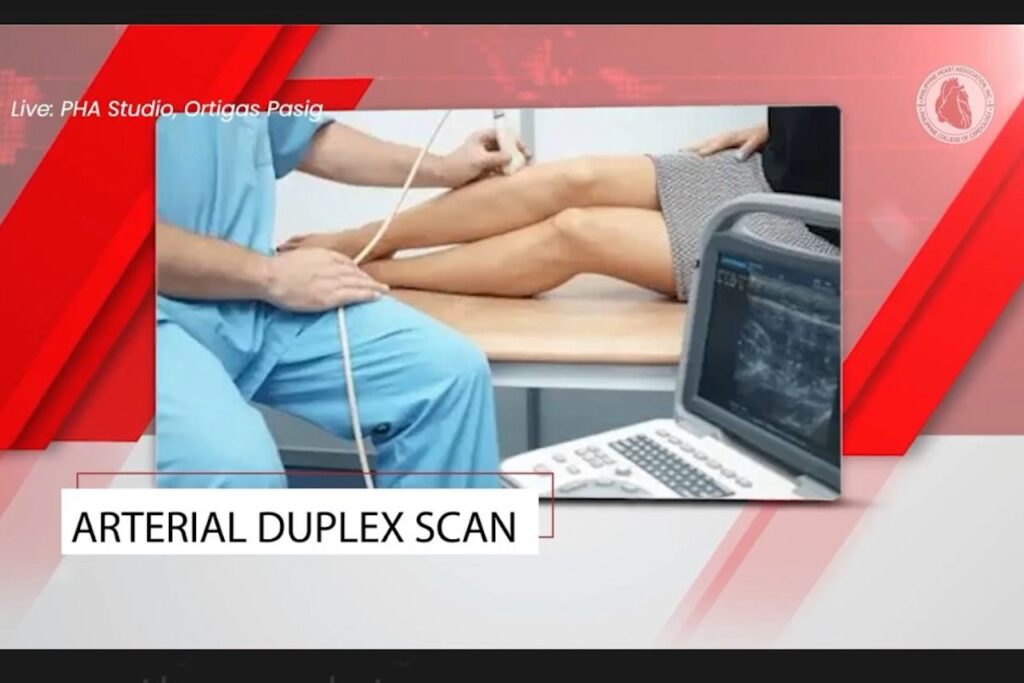The Philippine Heart Association (PHA) is urging the public to pay close attention to leg pain. Recurring leg pain could be an early warning sign of limb ischemia (LI). LI is directly related to cardiovascular disease. Ignoring LI can lead to serious consequences, including amputation, stroke, and even death.

During the PHA’s “Usapang Puso sa Puso” webinar last August 26, 2025, Dr. Paolo Joel Nocom emphasized the link between leg health and heart health. “LI is not just a disease of the legs,” he stated. “It is a reflection of your overall cardiovascular health.” Dr. Nocom explained that blockages in leg arteries often indicate similar problems in the heart and brain. Leg pain and coldness could mean your heart is at risk.

LI comes in two forms. Acute Limb Ischemia (ALI) involves a sudden blockage of blood flow. This puts tissue at risk of dying within hours. Immediate intervention is crucial to prevent permanent damage or death. Critical Limb Ischemia (CLI) develops gradually. It’s common in individuals with diabetes, hypertension, or existing heart disease. CLI symptoms include persistent pain, non-healing wounds, and gangrene. Many CLI patients face amputation and have a high risk of heart attack and stroke within five years.
Dr. Nocom urged people to recognize early warning signs. These include persistent leg pain, coldness, paleness, numbness, tingling, or weakness in the limbs. Non-healing wounds or darkened patches on the feet or toes are also red flags. For ALI, remember the “6 Ps”: Pain, Pallor, Pulselessness, Paresthesia, Paralysis, and Poikilothermia (coldness).

Diagnosis involves physical exams, medical history, and tests like the ankle-brachial index, Doppler ultrasound, and angiography. Dr. Iris Garcia stressed the importance of seeking immediate medical attention if you can’t feel a pulse in your leg.
Treatment options in the Philippines are limited and expensive. They include angioplasty, bypass surgery, and catheter-based interventions. Access to specialists is also scarce, especially outside Metro Manila. Prevention and early detection are key. Manage diabetes, hypertension, and cholesterol. Quit smoking. Smoking is a major risk factor for peripheral artery disease (PAD), which can lead to LI. Eat a heart-healthy diet. Stay physically active. Medications like anticoagulants, antiplatelets, and cholesterol-lowering drugs can help. Don’t ignore leg pain. Treat your legs like your heart.




